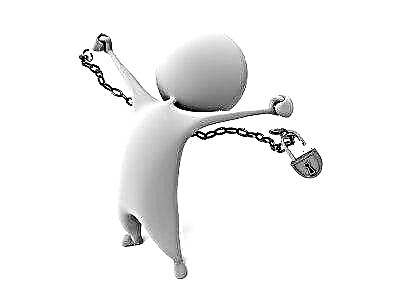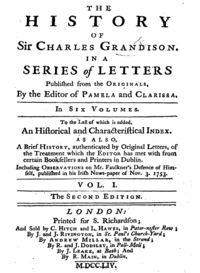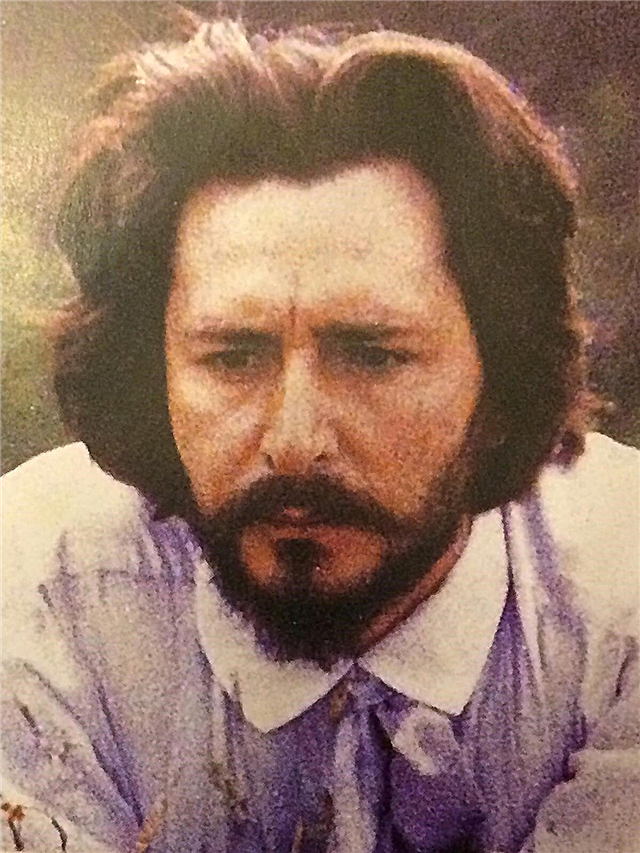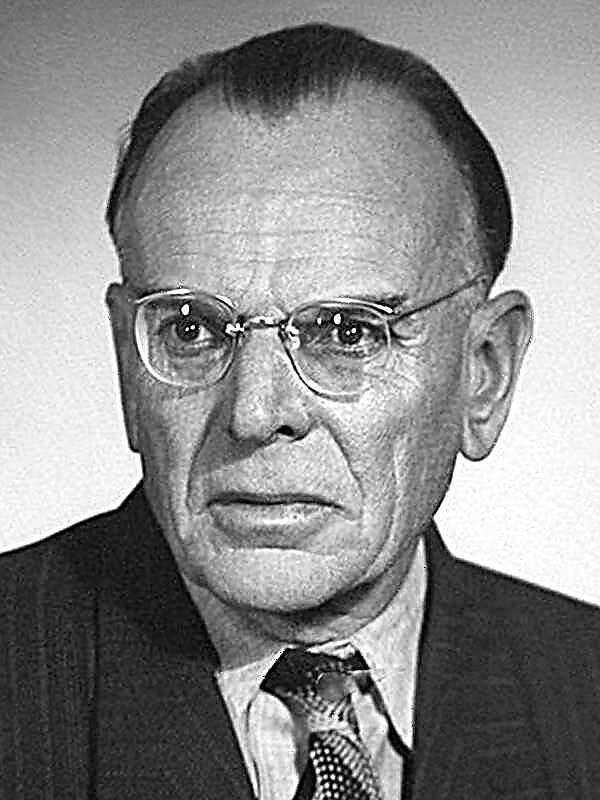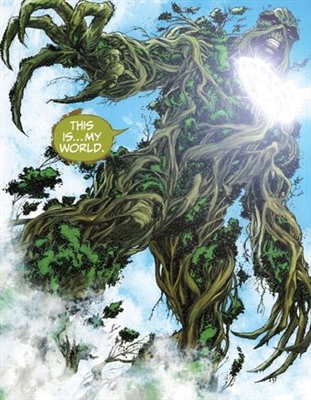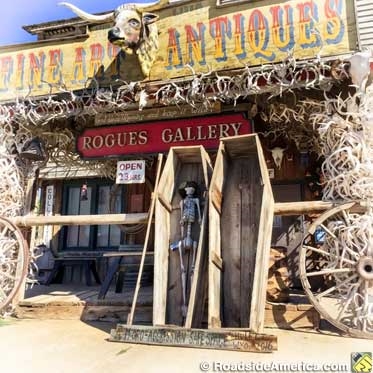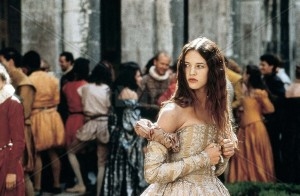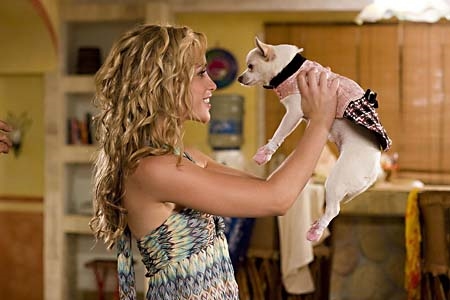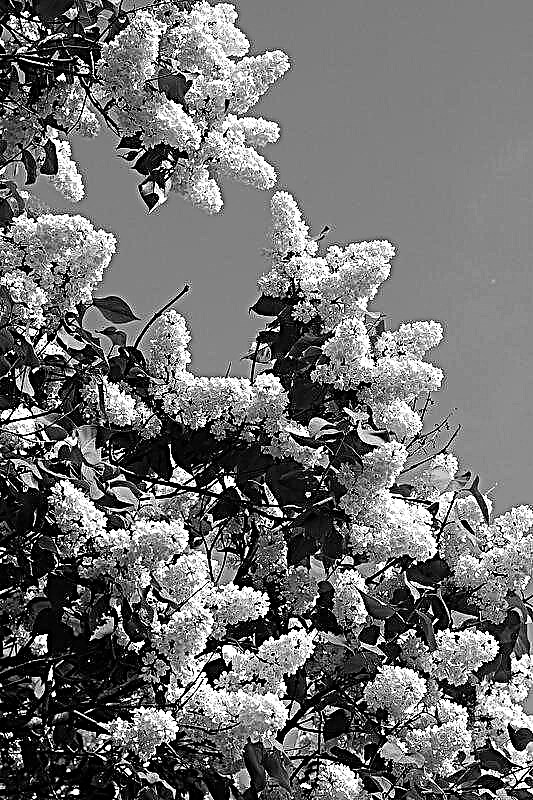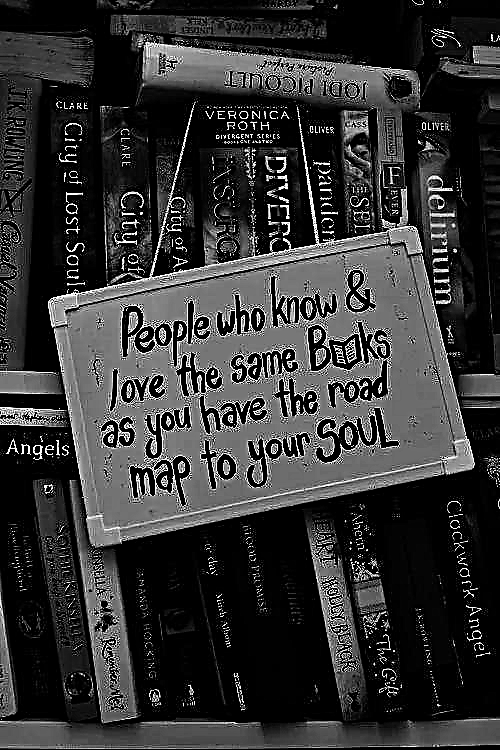(340 words) Two great Russian poets described the Cossack chieftain Yemelyan Pugachev, who started a peasant uprising against the power of Catherine the Second. They were A. S. Pushkin and S. A. Yesenin. But this character is represented completely different in their work. Yesenin showed loneliness in his image, and Pushkin showed hopelessness.
Let's start with Yesenin. His poem “Pugachev” was dedicated to the riot itself, he backed up his lines with historical facts, tried to objectively convey to us the image of this contradictory character. His Emelyan was started his way alone. He heard that the people want a new king, “peasant,” and Catherine's oppression is alien to them. He understands that people just need a person who can voice their thoughts, can assemble an army that can withstand the empress. He calls himself Peter, but says: "It hurts, it hurts me to be Peter." But now it is his duty, he is obliged to lead people. But his comrades-in-arms and brothers in arms betray him and give him freedom to Catherine. Then the empress executed him. The frightened people, thereby, lose even more hope for change. But Pugachev, just as he began, dies alone.
Pugachev Pushkin in the work "The Captain's Daughter" is shown somewhat differently. Alexander Sergeevich introduced some kind of fiction in his story (or historical novel). At the first meeting of Grinev with Emelyan, the second appears as a stranger. He wanders through the storm. Ataman knows where he is going, but he is no longer able to turn. This is how he is characterized throughout the work. At first he is merciful, then oppressive, but in the end he is spiritual. Emelyan Pushkin is more lyrical, he understands that his rebellion is doomed to failure, but cannot turn back. The image evokes longing and hopelessness. A certain hero that the people needed at that time. “Isn't there good luck for the wise one?” He says about luck, but does he believe in it? We can say that the character of Pushkin is more controversial.
But there is one thing that combines both of these images. Both have one end, and it is inevitable. Both great writers say that this venture was doomed to failure. People did not need a victory or a coup. They just needed to go after someone so that someone could be held accountable for their own thoughts. This niche of the martyr was occupied by Emelyan Pugachev.

